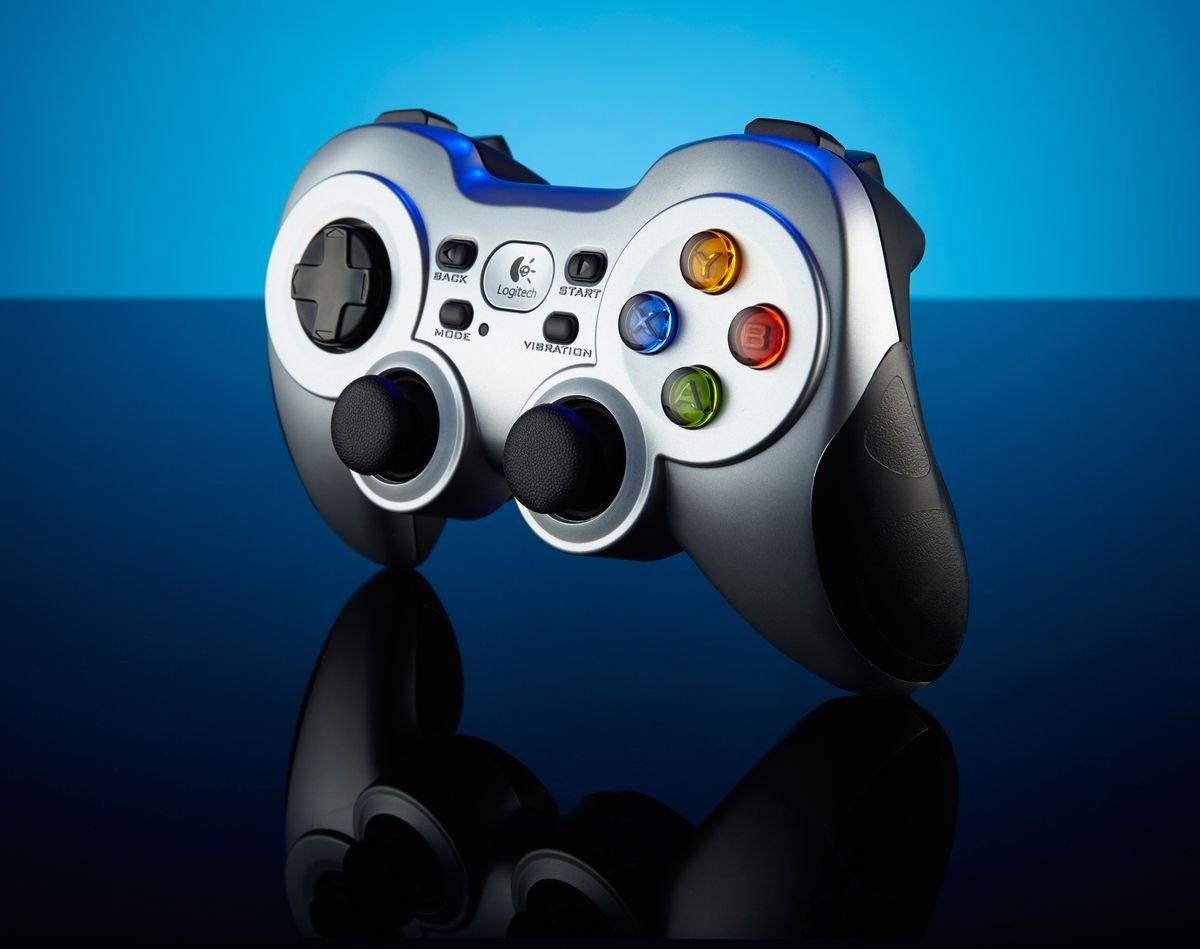
A video published on BBC, has revealed how the recently sunk «Titan» submarine looked from the inside and most importantly, how it was operated. As seen in the video, the cockpit had no seating, two computer monitors, a single power button on the front wall and… a Logitech Gaming Joystick.
Also featured in the video, the late CEO of OceanGate, Stockton Rush demonstrating how the apparatus worked and how one could operate a 9.5-tonned submersible, like it was a virtual submarine from the Subnautica videogame.
The utilisation of a Logitech game controller for navigation on the recently sunken submersible «Titan» has drawn public criticism on the web, suggesting on «OceanGate’s» incompetence and general disregard of safety procedures while engineering the vessel. However, the use of game controllers is more commonly employed in the military than one would think, mainly due to their durability, cost-effectiveness, well-designed interface, and widespread familiarity. As additional information emerges about «OceanGate» and the sunken «Titan» submersible, the company faced substantial backlash for opting to operate the vessel using a video game controller.
While this choice may appear unconventional, the U.S. military has been employing game controllers for nearly two decades. One of such precedents was the use of an X-Box controller to operate a Laser Cannon in 2014.
Regarding the «Titan»'s controls, a recent segment by CBS News showcased how the one-person crew utilises a video game controller to navigate the submarine underwater.
The «Titan» was capable of maneuvering in all directions using four «Innerspace 1200» electric propulsors, achieving a maximum speed of 3 knots. The specific game controller employed by OceanGate is the “Logitech F710”, an older wireless controller that utilizes 2.4-GHz wireless signals to communicate with a PC—or in this case, a submersible.
Social media users have seized upon the company's use of a game controller as evidence of «OceanGate's» lack of seriousness in the development and safety on the «Titan». The argument suggests that a submarine capable of diving over 3km underwater and withstanding pressures 380 times greater than at sea level, should have possessed a more sophisticated control system. Such an implicit expectation stems from the fact that an expedition costing $250,000 to view the «Titanic» wreckage should involve a more elaborate experience, rather than relying on a PC monitor and video game controller.
Despite the apparent mistakes made by OceanGate (of which there seem to be many at this point), the utilisation of a game controller is, in reality, entirely logical. Game controllers have become widely accepted in engineering, with even the traditionally conservative U.S. military employing them in mission-critical scenarios. Renowned for their toughness and ability to survive the most demanding circumstances, video game controllers have proven themselves to be incredibly resilient in the realm of personal electronics.
In the military context, the recognition of game controllers' durability and reliability extends beyond gaming enthusiasts. For instance, in the 2000s, U.S. troops deployed the Pacbot 310 explosive ordnance disposal robot in Iraq and Afghanistan, which was operated using a wired Xbox controller. This enabled Explosive Ordnance Disposal (EOD) specialists to control the robot from a safe distance.